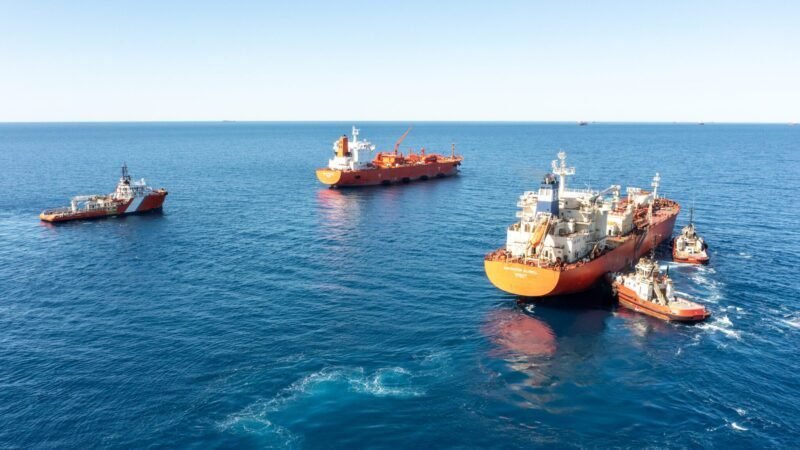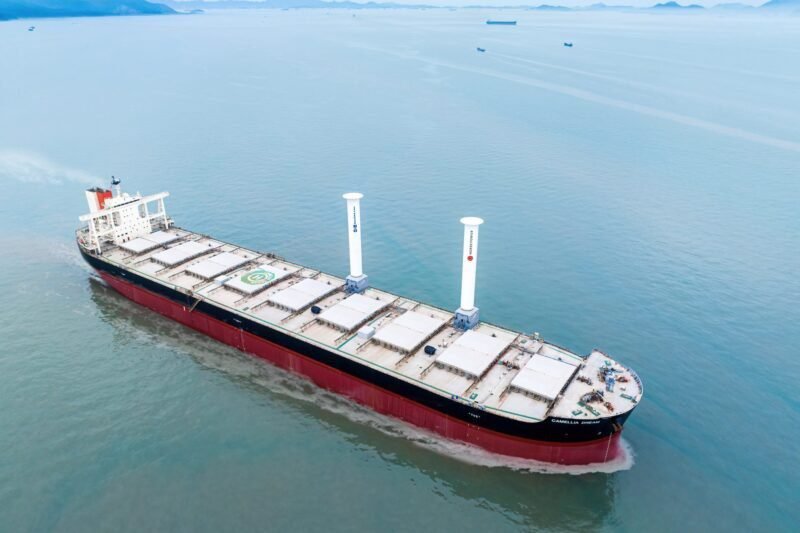Onboard carbon capture (OCC) is being considered as a way to reduce emissions in the shipping industry while still using conventional fuels. In order for OCC to be successful, collaboration between regulators, policymakers, industry representatives, classification societies, and suppliers is crucial. With decarbonization deadlines approaching, there is a growing demand for cost-effective emission reduction solutions, leading to increased interest in OCC as a potential solution.
The latest White paper, “The potential of CO2 capture on board ships,” examines the technical, economic, operational, and regulatory challenges of OCC. This method involves capturing CO2, recycling it, or storing it in deep geological formations, and integrating it into the carbon capture, utilization, and storage (CCUS) value chain. The commercial viability of OCC will depend on regulatory conditions and its integration into the broader CCUS infrastructure.
For OCC to be widely adopted, it must be economically competitive with other decarbonization alternatives. Currently, the EU ETS is the only legal framework providing commercial incentives for OCC, but future regulations must also consider captured CO2. Shipowners are encouraged to explore OCC and other technologies to meet decarbonization targets set by the IMO and reduce the demand for alternative fuels in the shipping industry.


















